Cuban Food Dishes: Basic Overview
Common Ingredients
Common Cooking Methods
Courses
Meals
Key Taste
Eating Etiquette
Meal Presentation
Culinary Festivals
Influence and Fusion
Popular Types of Cuban Dishes
-
Rice Dishes
Rice is a staple food in Cuban cuisine.
Cubans often cook rice with spices, meat, or vegetables to create versatile side dishes or savory main dishes.
-
Snacks
Cuban snacks include many forms, from pastries to boiled dishes.
Frying is a popular way to prepare snacks in Cuba.
Cuban snacks often have a crispy texture and a sweet or savory taste derived from wheat dough, fruits, meat, or vegetables.
Many snacks are well-known street food in Cuba.
-
Stews
Cubans often prepare stews with beef or pork, various vegetables, and aromatic spices.
Stews are hearty and savory items for the main course.
These dishes combine beautifully Spanish cooking techniques with local ingredients.
-
Desserts
Cuban desserts are usually sweet and light dishes enjoyed at the end of meals.
Rice, spices, and dairy products are popular ingredients for making desserts in Cuba.
Many local desserts have Spanish origin and are popular throughout Latin America.
Cuban dishes are delicacies found in the cuisine of Cuba, an island nation in the Caribbean. These dishes are significantly shaped by their Taino and Spanish heritage and enriched by iconic African delights and flavorful Caribbean dishes.
American cooking also has a notable influence on Cuban dishes, especially thanks to the prominence of Cuban-American cuisine.
Many dishes in Cuba are based on tropical ingredients, with rice, meat, fruits, and vegetables as staples. Seafood is also extensively used.
Start the journey by exploring the features of traditional Cuban food, such as its primary attributes, international fame, and healthfulness.
Then, I will turn to the 20 well-known dishes that Cuba offers. For each recommended dish in this list, I will look at its origin, main ingredients, cooking technique, flavor profile, and other helpful facts.
Lastly, I will cover the basic features of Cuban cuisine and suggest a few beverages for pairing with local dishes.
20 Most Popular Cuban Dishes with Filters
Below are the 20 most exciting dishes in Cuba. To help you navigate these dishes, I’ve arranged them from most to least common.
From national and fusion dishes to traditional specialties and street food delights, you will learn about them all. Don’t forget to use the interactive filter to make your experience smoother.
You can filter according to alphabetical sorting, main ingredients, taste, cooking methods, dish types, courses, and global popularity. Alternatively, search the dishes based on traditional, national, street food, fusion, exotic, and vegetarian options.
Ropa Vieja
- National
- Traditional
Ropa vieja is an immensely popular beef dish in Cuba. Hailing from Spain, it features shredded beef stewed in a rich tomato-based sauce with bell peppers, onions, and various spices.
Ropa vieja translates to “old cloth,” referring to how shredded beef resembles torn old clothing. Legend has it that there was once a poor man who had to tear off his own clothes to make some food for his family, but the clothing turned into a delicious beef stew that was ropa vieja.
Cubans usually serve this shredded beef stew with yellow rice, black beans, and fried plantains or yuca. Beyond Cuba and Spain, ropa vieja is also well-known in the Philippines and Latin America.
Lechon Asado
- National
- Traditional
Lechon asado is a Cuban dish of slow-roasted marinated pork leg or shoulder, though some variations are made with a whole pig. The slow roasting creates a textural contrast between the tender interior and the crispy skin.
While the Spanish introduced lechon asado to Cuba and many Latin American countries, the Cuban version stands out in several aspects. For example, locals prepare lechon asado over an open fire or in a roasting box called “caja china.”
In addition, the Cuban take on lechon asado utilizes a special marinade called mojo, which consists of sour orange juice, garlic, oregano, and cumin.
This aromatic roast pork dish is mainly served at Cuban celebrations and gatherings, especially at La Noche Buena (Christmas feast).
Cuban Sandwich
- Fusion
- Street Food
Cuban sandwich is a popular dish in Cuban-American cuisine, with roots in Florida, the US. It is made with Cuban bread stuffed with layers of roast pork, ham, mustard, Swiss cheese, and dill pickles.
Lechon asado is the preferred type of roast pork in an authentic Cuban sandwich. As a type of pressed sandwich, this Cuban-American specialty is grilled in a press into a crispy exterior and a warm, melty interior.
Arroz con Pollo
- Traditional
Arroz con pollo, literally “rice with chicken,” is a popular one-pot rice dish in Cuba. It features saffron or annatto-infused rice cooked with pieces of chicken, vegetables, and various spices.
The use of saffron or annatto gives arroz con pollo a vibrant yellow color, which complements nicely the juicy chicken and vegetables.
While many Latin American countries have their own ways of making arroz con pollo, a dish of Spanish origin, the Cuban version is distinguished by its specific blend of spices and using beer or wine in making the broth.
Moros y Cristianos
- Traditional
Moros y Cristianos is a popular Cuban dish consisting of white rice and black beans. These ingredients are cooked in a mix of onions, bell peppers, garlic, and spices into a simple yet flavorful dish.
Moros y Cristianos means “Moors and Christians,” a reminder of the time Moors (Muslims) and Christians lived in Spain. The black beans and white rice represent the two groups.
This rice and bean dish is commonly paired with various savory specialties in Cuban cuisine.
Yuca con Mojo
- Traditional
Yuca con mojo is a beloved Cuban side dish made with cassava. Chunks of cassava are boiled until fork-tender before being drenched in garlicky and citrusy mojo sauce.
The starchy, slightly sweet flavor of cassava contrasts beautifully with the tangy mojo, creating a delightful dish that goes well with meat-based specialties.
Yuca con mojo is also a gluten-free alternative to bread and potatoes that Cuban cuisine profoundly offers.
Tostone
- Street Food
- Traditional
Tostone is a renowned plantain-based snack and side dish in Cuban cuisine. Locals prepare it by frying green plantain slices until slightly done, then smashing them flat and frying them again until golden and crispy.
This twice-fried plantain dish boasts a crispy exterior and a pleasantly sweet flavor. Mojo sauce is its most popular accompaniment, though rice, roast pork, and many other savory dishes also go well with it.
Outside Cuba, tostones are widely enjoyed in various Caribbean and Latin American nations.
Tamale
- Street Food
- Traditional
Tamale is a dough-based Cuban dish and street food of Mexican origin. Its main ingredients are fresh corn dough, seasoned pork, garlic, tomato paste, and spices, which are wrapped in corn husks.
There are some differences between Cuban and Mexican tamales. For example, the Cuban version is smaller and has a coarser, heartier consistency.
In addition, Cuban tamales can be steamed or boiled and served on their own.
Masitas de Puerco
- Traditional
Masitas de puerco is a beloved fried pork dish in Cuba. It involves marinating chunks of pork in mojo sauce and frying until well-browned and crispy.
Many people love masitas de puerco because of its succulent, flavorful meat with a tangy and garlicky taste and crispy fried edges. This fried pork dish goes well with rice and beans and deep-fried plantains.
Masitas de puerco was apparently inspired by cuchifritos, a family of fried dishes in Spanish and Puerto Rican cuisines.
Rabo Encendido
- Traditional
Rabo encendido, literally “flaming tail,” is a spicy Cuban stew with oxtail as the main ingredient. This cut of beef is slow-cooked in a fiery sauce made from chili peppers, tomatoes, bell peppers, onions, and many spices.
Rabo encendido offers a gelatinous, fall-off-the-bone texture with a spicy and slightly sweet taste. Such a texture and flavor profile makes this stew a memorable Cuban stew.
Empanada
- Street Food
- Traditional
Empanada is a versatile Cuban pastry that hails from the Iberian Peninsula. Literally “wrapped in bread,” it features a flaky, buttery, half-moon-shaped crust and various fillings, such as seasoned ground beef or chicken, cheese, fruits, or cream cheese.
Empanadas come in many varieties with different tastes and textures, but most deliver a savory or sweet filling with a satisfying, crumbly crust. Cuban empanadas often have raisins, olives, and local spices.
Picadillo
- Traditional
Picadillo is a classic Cuban dish prepared by sautéed ground beef with tomato sauce, chili peppers, onions, raisins, garlic, and spices. Hailing from Spain, this savory beef dish is also present in many Latin American countries.
Still, the Cuban variation features distinct vegetables and spices, such as potatoes, olives, and capers. Locals usually serve picadillo with rice and beans or use it as a filling in empanadas.
The name “picadillo” comes from the Spanish word “picar,” meaning “to mince,” which describes the ground meat base.
Vaca Frita
- Traditional
Vaca frita, literally “fried cow,” is a well-known Cuban dish in which shredded beef is boiled and then pan-fried until crispy. The beef is typically marinated in mojo sauce to acquire a tangy and garlicky flavor profile.
Cubans usually serve “fried cow” with sautéd onions and a side of black beans and rice. Vaca frita offers a crispy outside and tender, juicy inside.
Flan
- Traditional
Flan, known elsewhere as crème caramel or caramel pudding, is a sought-after custard dessert in Cuba. It was derived from Spanish cuisine, which, in turn, acquired the modern form of flan from France.
The main ingredients of Cuban flan are eggs, condensed milk, sugar, cream cheese or coconut, optional cinnamon or vanilla, and a layer of caramelized sugar topping. These components result in a silky and creamy custard dessert with a sweet yet slightly bitter taste.
Arroz con Leche
- Traditional
Arroz con leche, or rice pudding, is a Cuban dessert made from rice, milk, sugar, and cinnamon. People often garnish it with a sprinkling of cinnamon on top.
This rice pudding delight combines a creamy, soft texture with the sweet and warmly spiced taste of cinnamon and, sometimes, lemon or lime zest.
Like many other Cuban delicacies, arroz con leche came from Spain and is also well-known in many Latin American countries.
Churro
- Street Food
- Traditional
Churro is a popular Cuban snack and street food prepared by deep-frying ridged sticks of choux pastry dough in oil and tossing them in powdered sugar. It sometimes has an added hint of cinnamon.
Although churros hail from Spain and are widely available in Latin America, Cubans make their version special by serving it with a thick, sweet chocolate sauce or filling it with guava. This sweet treat is crunchy on the outside but comes with a soft, airy interior.
Al Ajillo
- Traditional
Al ajillo is a Cuban condiment made with chili peppers, garlic, and oil, with lime juice and white wine as optional ingredients. It is mostly used to fry seafood or meat.
Using al ajillo in cooking helps infuse food with bold, garlicky, and aromatic goodness. Well-known dishes prepared with this condiment are camarones al ajillo (shrimp-based) and pescado al ajillo (fish-based).
I have entertained you with the descriptions of well-known Cuban dishes, so now, it is time to delve into the general features of Cuban cuisine.
Pudín de Pan con Guayaba
- Traditional
Pudín de pan con guayaba is a Cuban bread pudding dessert mixed with guava. The treat utilizes stale bread soaked in milk and mixed with eggs, sugar, and spices, then baked until golden.
Guava paste or fresh guava is layered in or mixed into the bread dough, adding a sweet and tropical flavor. This dessert is loved for its soft, creamy texture and the balance between the richness of the pudding and the tangy sweetness of guayaba.
It’s often served as a comforting treat or a special occasion dessert in Cuba.
Helado de Coco
- Street Food
Helado de coco is a creamy coconut ice cream popular in Cuba. Made from coconut milk or cream, sugar, and sometimes eggs, it’s churned until smooth and frozen.
This cold treat possesses a rich coconut flavor and silky texture. It’s often found at street vendors and in local eateries, sometimes served in coconut shells for an added tropical touch.
Frutabomba en Almíbar
- Traditional
Frutabomba en almíbar is a Cuban dessert featuring papaya slices cooked in a sweet syrup. The papaya is peeled, cut into pieces, and simmered with sugar and water until it becomes tender and the liquid turns into a thick, shiny syrup.
This dish mainly focuses on the natural sweetness and soft texture of the papaya, along with the sugary glaze. It’s often served chilled as a refreshing end to a meal, sometimes accompanied by cheese or cream to balance the sweetness.
I have entertained you with the descriptions of well-known Cuban dishes, so now, it is time to delve into the general features of Cuban cuisine.
What Are the Main Characteristics of Cuban Dishes?
Anyone interested in Cuban cuisine should know about the following four aspects: culinary influences, local ingredients, table manners, and flavor profile.
Cuban dishes are significantly shaped by Spanish culinary traditions, with many classic specialties derived from this famous cuisine. Native Taino, African, and American cooking also have a considerable influence on Cuban cuisine.
Due to similar sources of inspiration, dishes in Cuba have many things in common with Caribbean cuisine.
Cuban meals are often centered around sharing, with dishes placed in the center of the table for everyone to help themselves.
Cubans use standard Western utensils, but many people like to eat with their hands in more casual or rural settings. Tipping is customary when eating out, especially in tourist areas.
If invited to a Cuban home, you should bring a small gift, such as sweets or flowers, for the host.
Cuba shares many street food delights with Spanish and Latin American cuisines. These dishes are convenient to consume and are made from local ingredients.
Cuban cuisine relies heavily on local ingredients, such as rice, beans, plantains, coconuts, cassava, pork, chicken, and seafood.
These ingredients illustrate the tropical and insular nature of local cuisine.
Cuban dishes are bold but not typically spicy. Local food offerings focus on rich, robust flavors achieved through the use of fresh herbs, vegetables, and meat or seafood.
Understanding this flavor profile will help you pick the right dishes to pair with local beverages.
What Beverages to Pair With Cuban Dishes?
Below are the four most popular beverages in Cuba and the best dishes to serve with them:
Cocktails
Cuba offers a large number of refreshing cocktails that can cut through the richness of many local dishes. Ideal accompaniments include ropa vieja, lechon asado, and masitas de puerco.
Chicha
Chicha is a Latin American beverage that can be made with various ingredients and is available in both alcoholic and nonalcoholic forms.
You should enjoy chicha with versatile snacks and dishes, such as tostones, yuca con mojo, and tamales.
Beer
A light beer can pair beautifully with Cuban main course items of any type, especially hearty ones like Cuban sandwiches and lechon asado.
Coffee
Cuban coffee has a sweet and strong flavor profile, so it pairs well with desserts and light dishes such as Cuban sandwiches, flan, and empanadas.
Have you found your favorite Cuban dishes yet? If you have any great additions to my recommendations, let me know your feedback. Don’t forget to share this list of Cuban dishes with your friends!



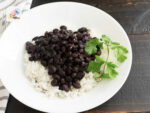
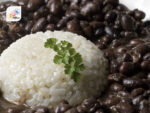
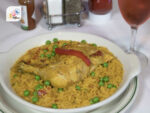

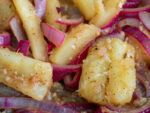
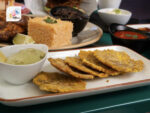
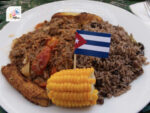
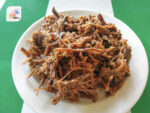
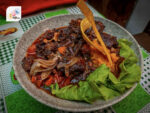
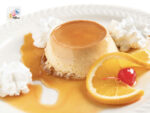

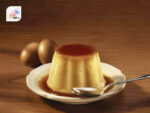
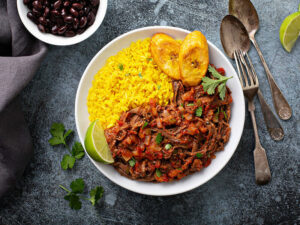
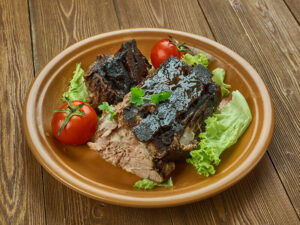
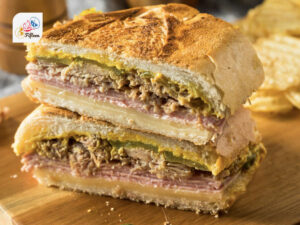
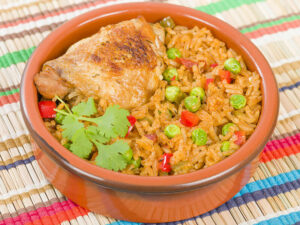
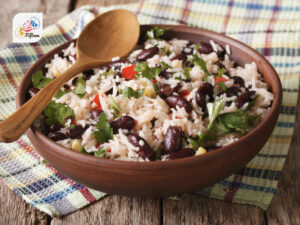
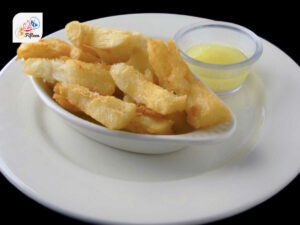
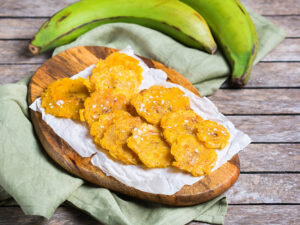
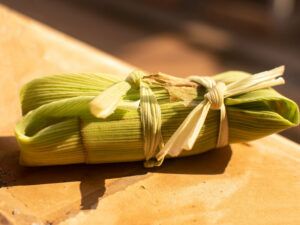
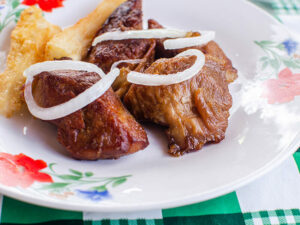
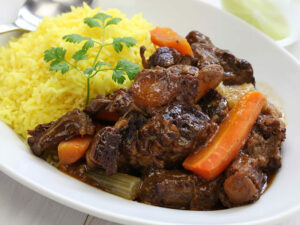
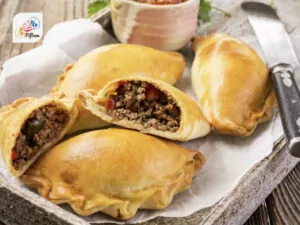
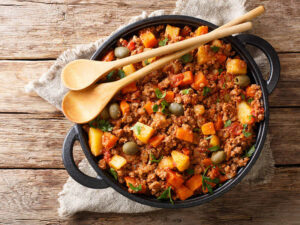
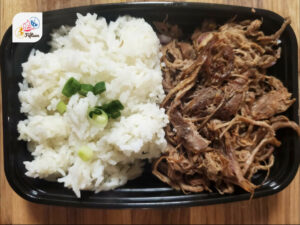
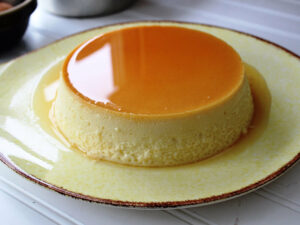
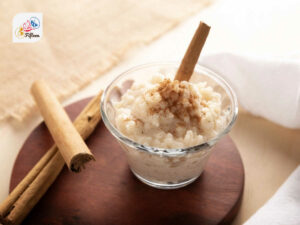
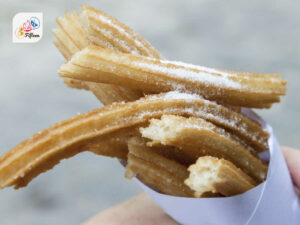
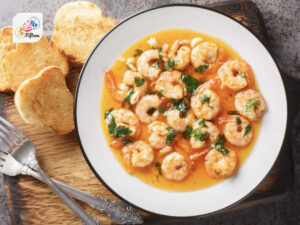
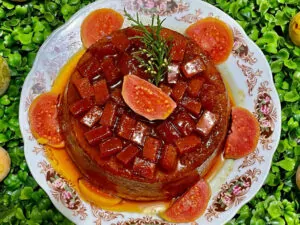
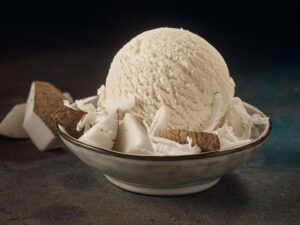
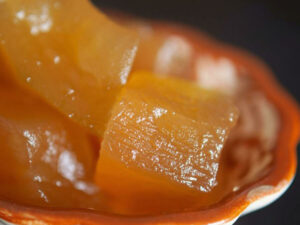
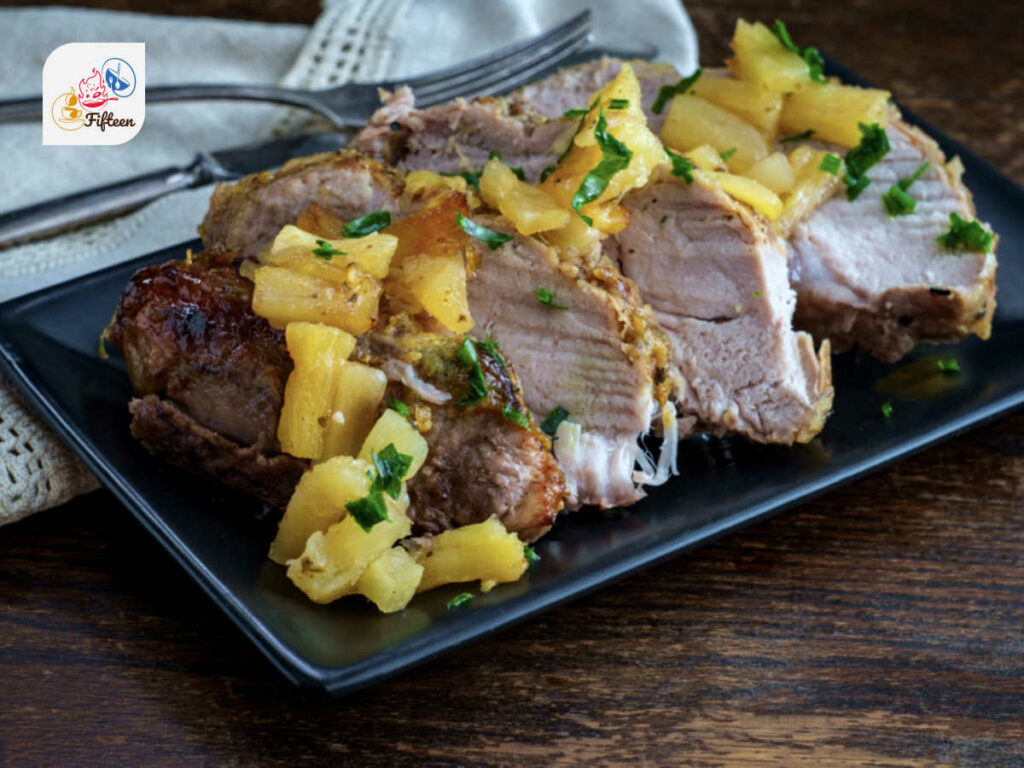
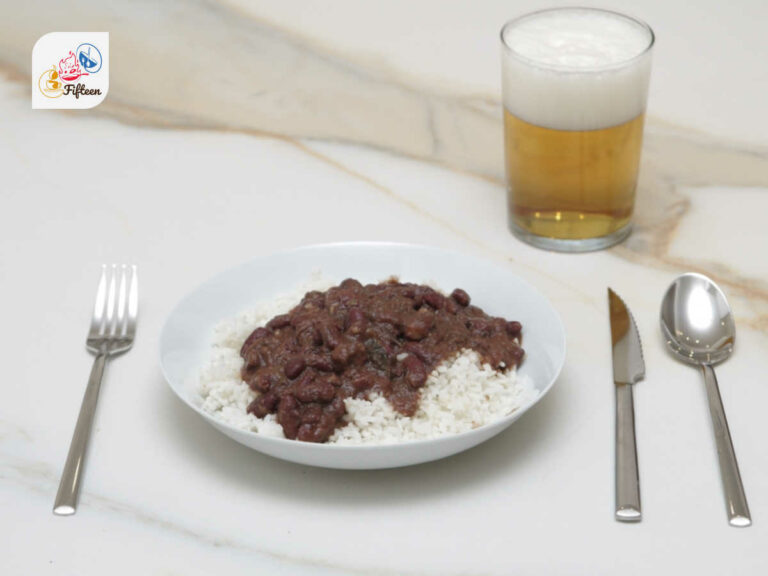
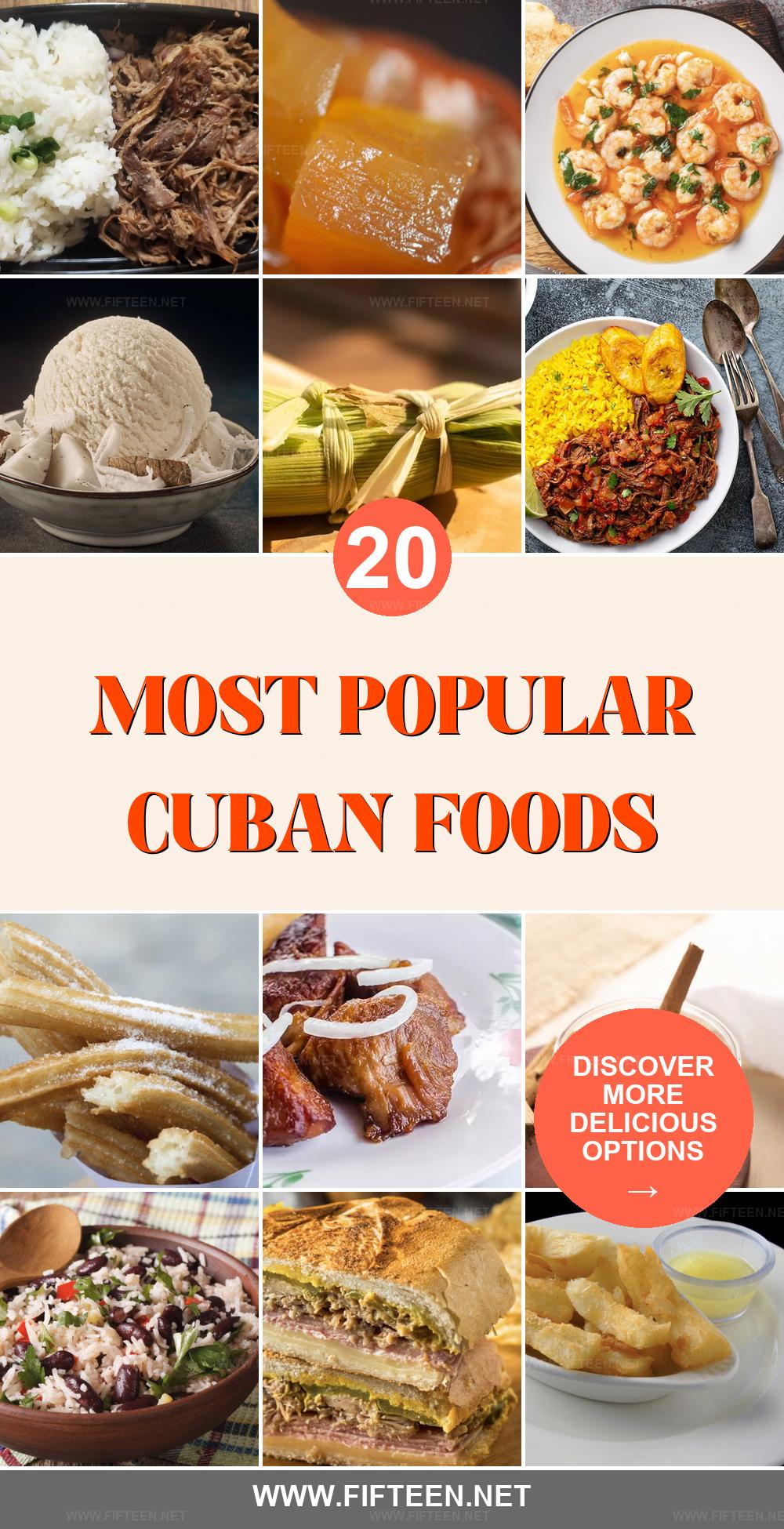
Jamie Scott
Editor in Chief, Senior Content Writer
Expertise
Home Cooking, Meal Planning, Recipe Development, Baking and Pastry, Food Editor, Cooking-video Maker, Western Food Evaluation Expert
Education
Le Cordon Bleu College of Culinary Arts
Local Community College, New York, NY
Jamie Scott is a skilled culinary expert and content creator specializing in Western cuisine. With over 15 years in the culinary field and formal training from Le Cordon Bleu, Paris, Jamie deeply understands how to blend nutrition with delicious flavors. His passion for cooking matches his commitment to making healthy eating accessible and enjoyable.
On Fifteen.net, Jamie brings a fresh perspective to classic dishes and beverages, offering readers insightful recipes, cooking tips, and a fresh view on meal planning that emphasizes taste, health, and simplicity.